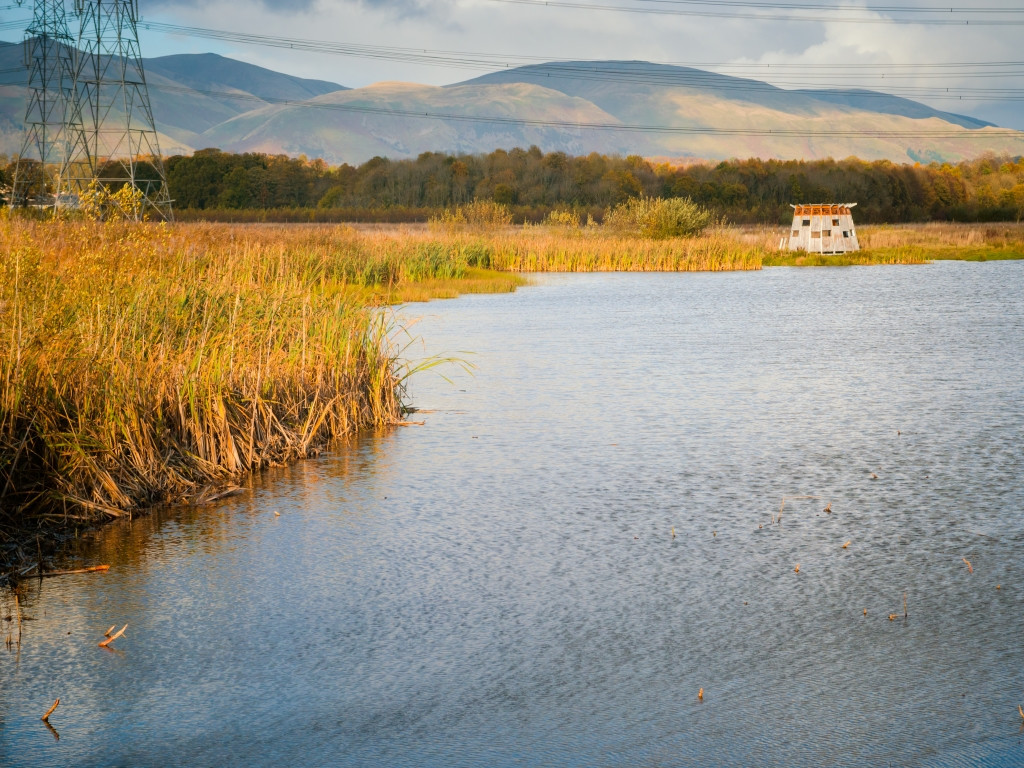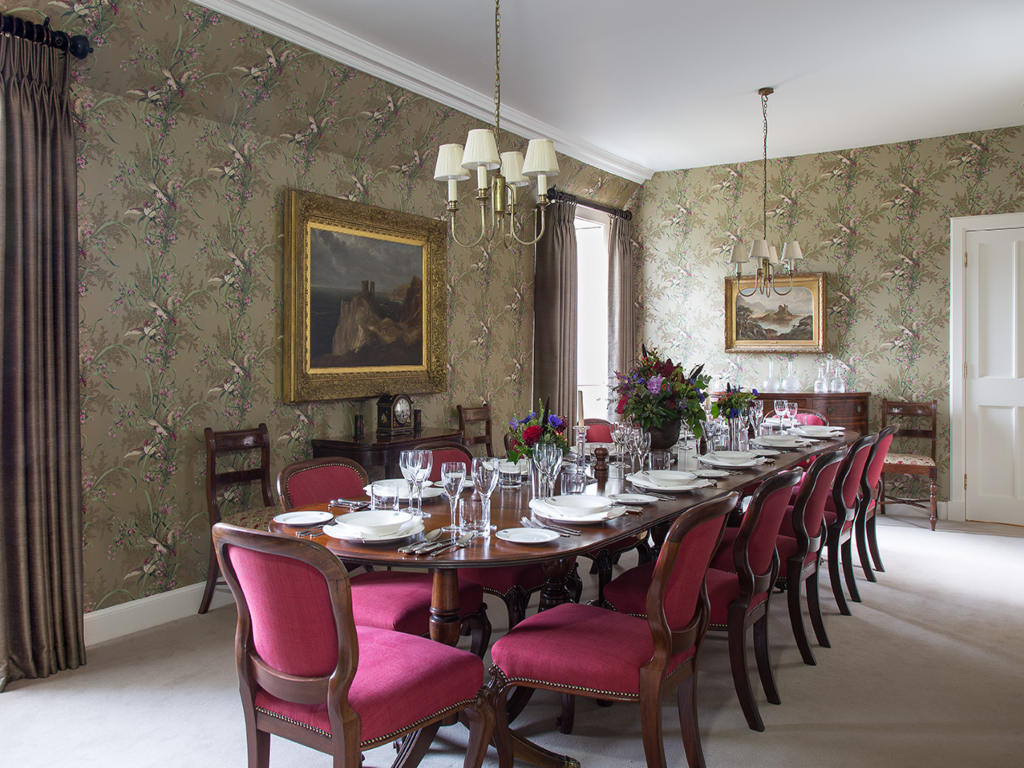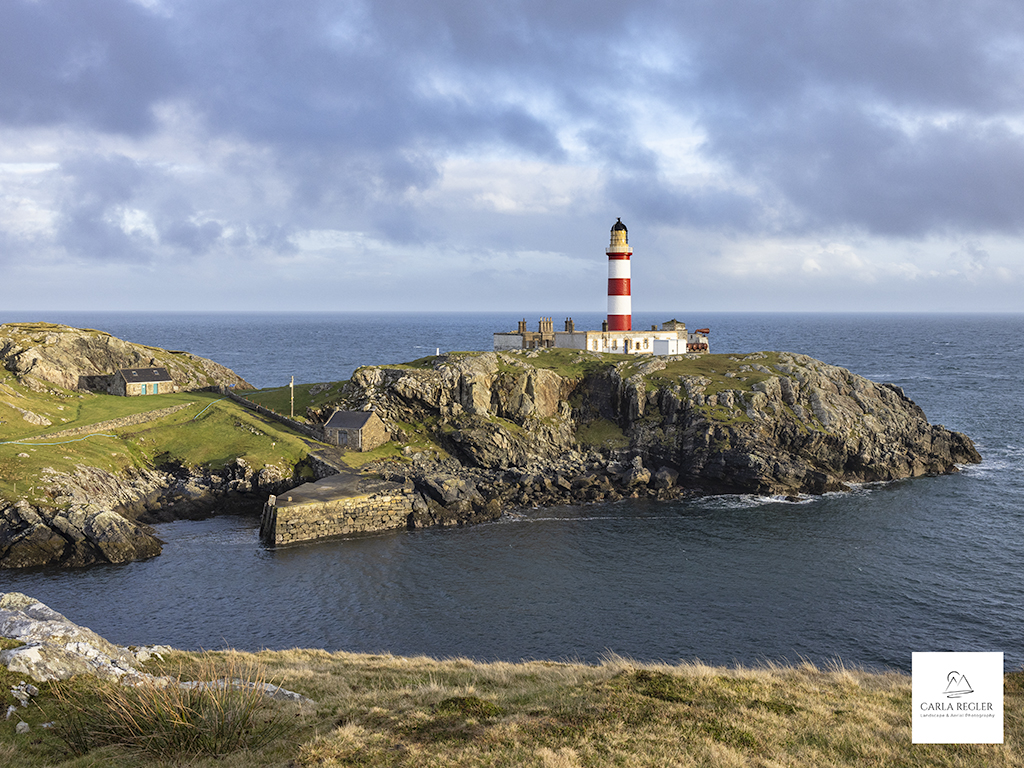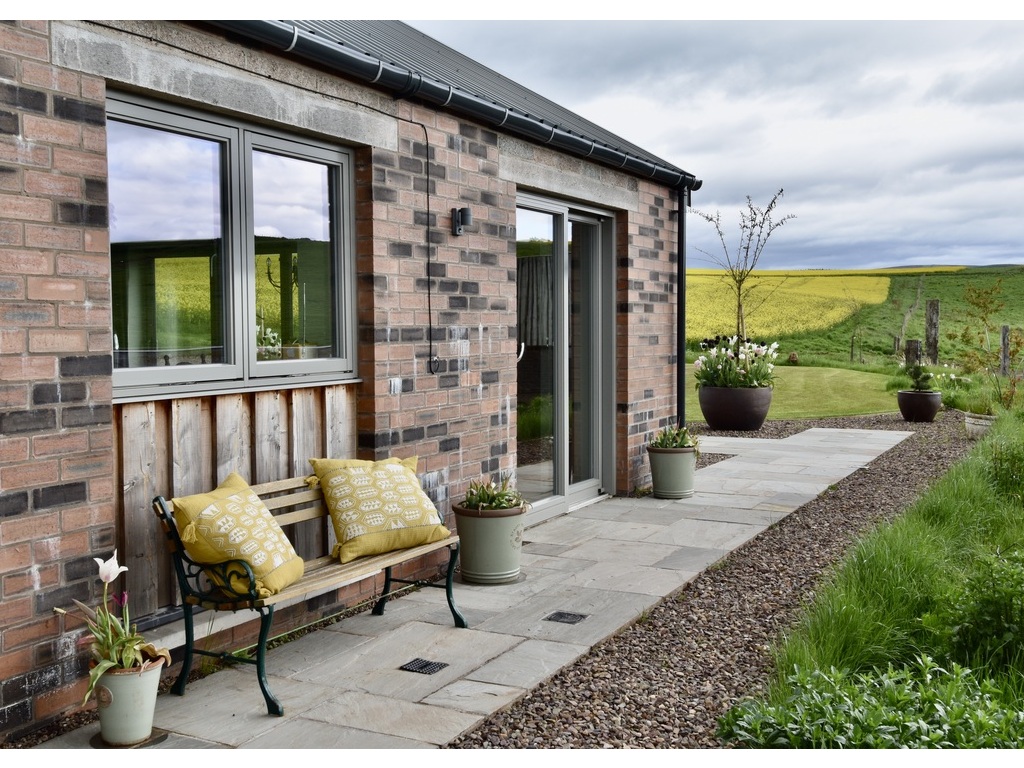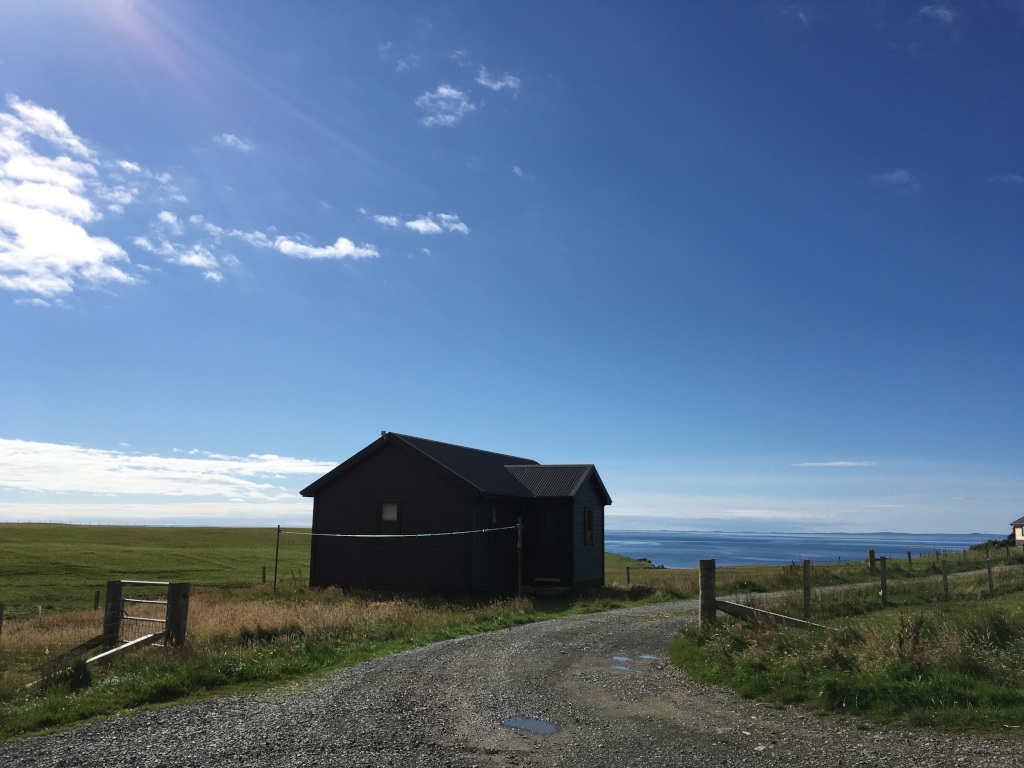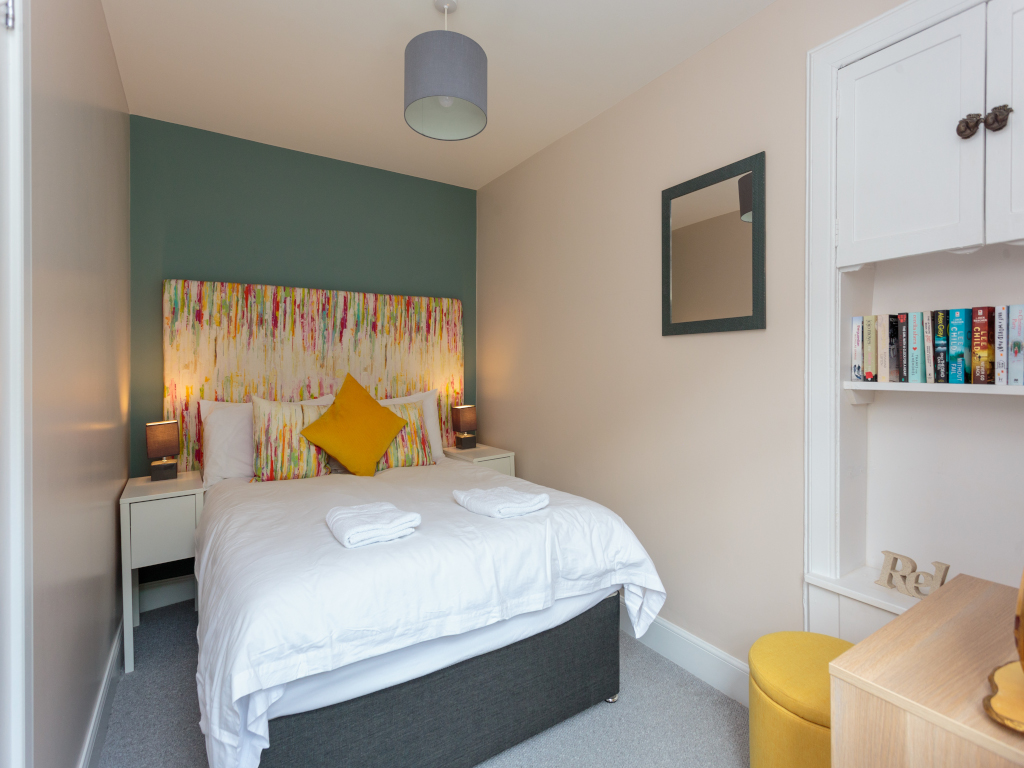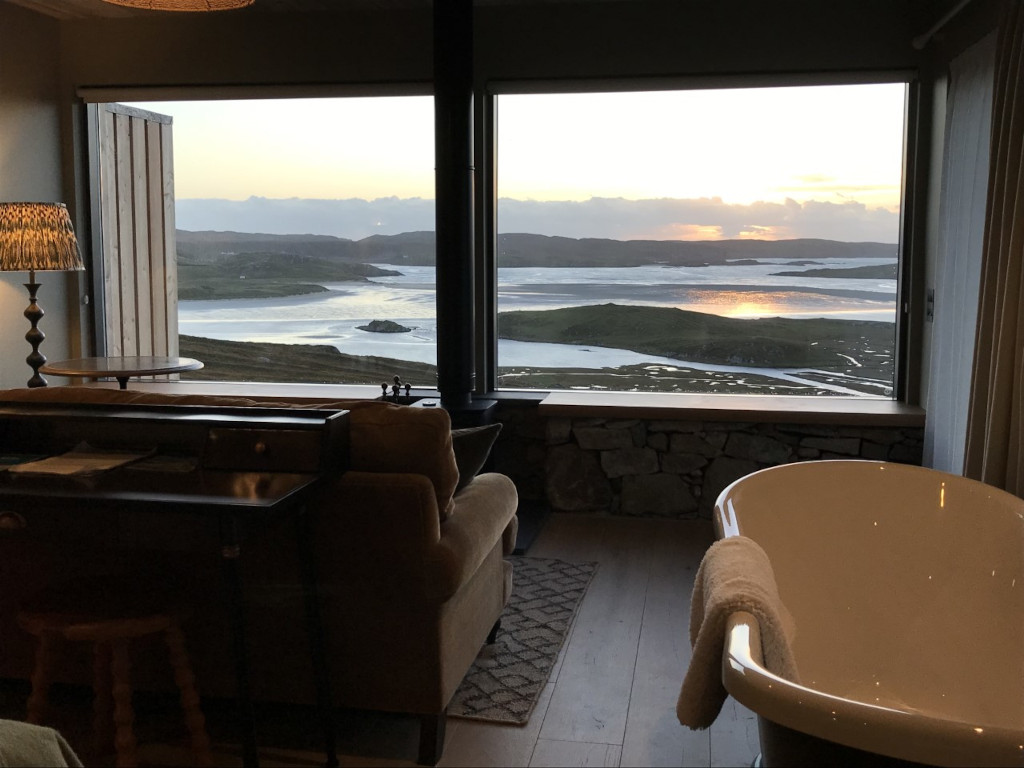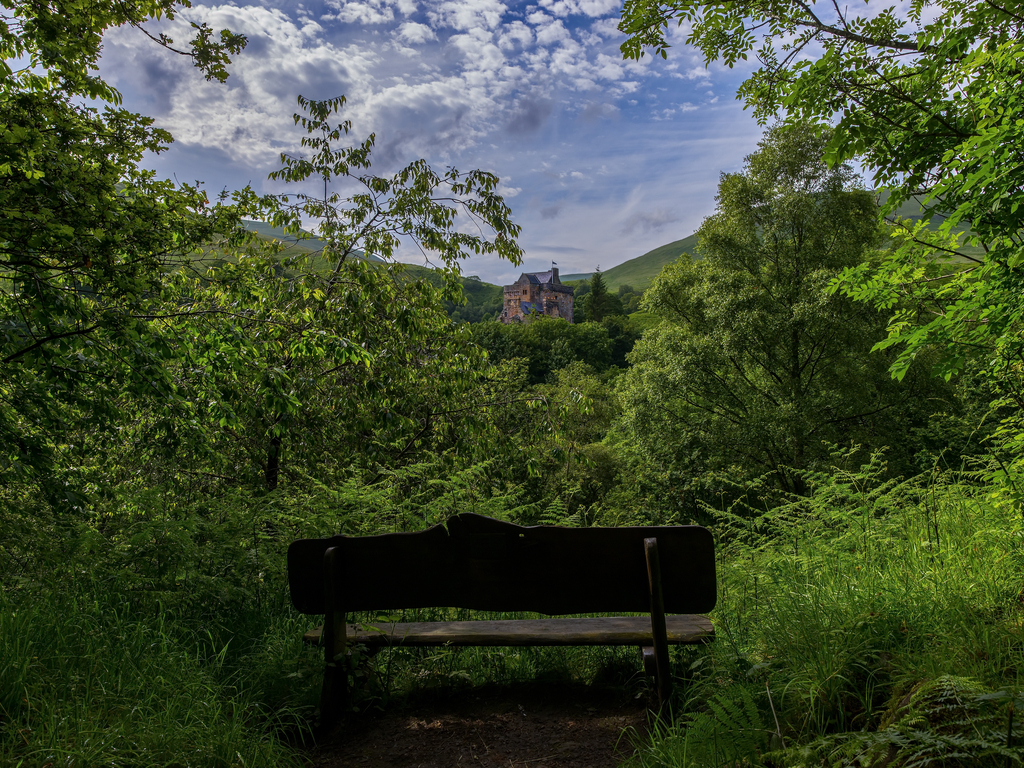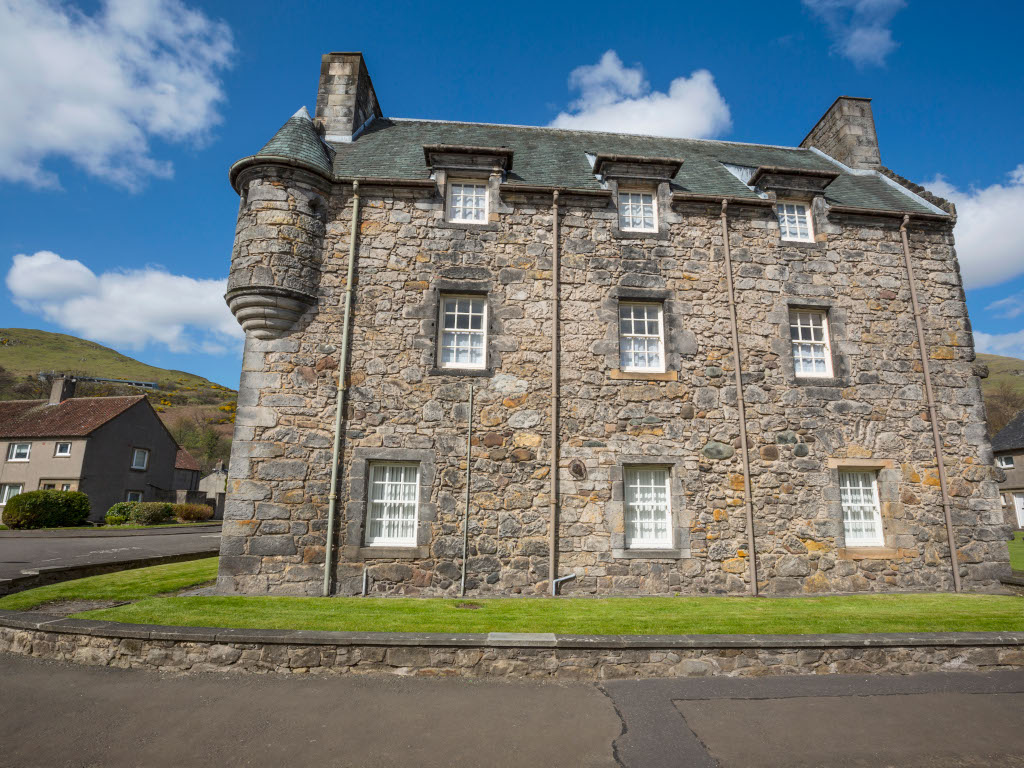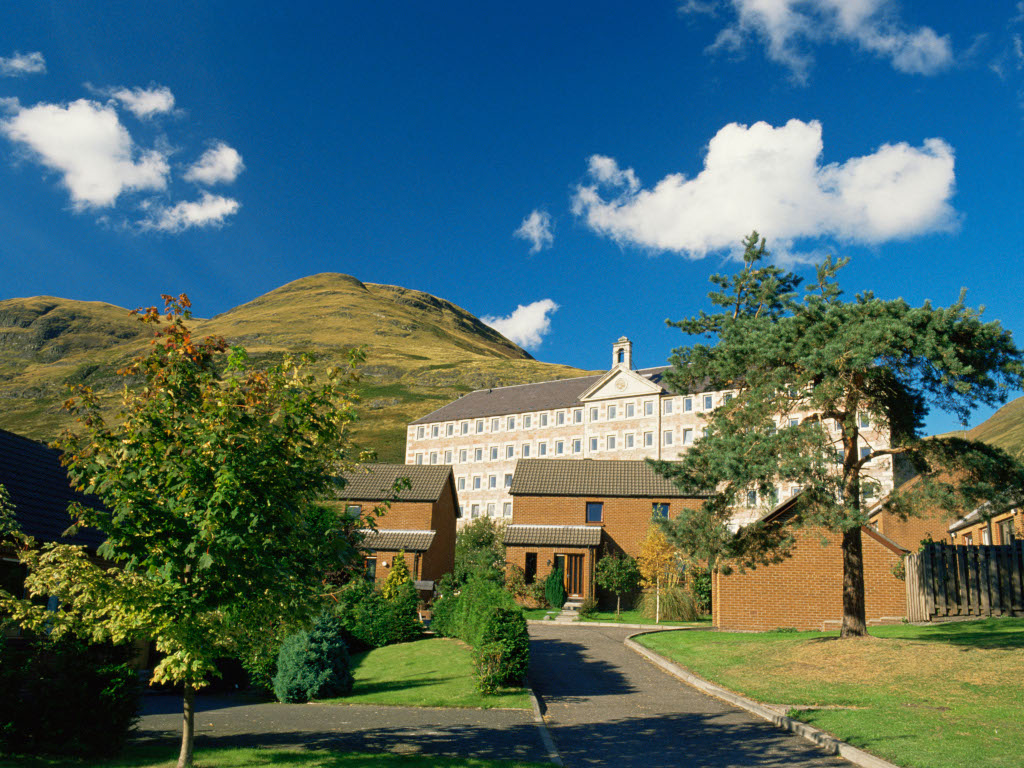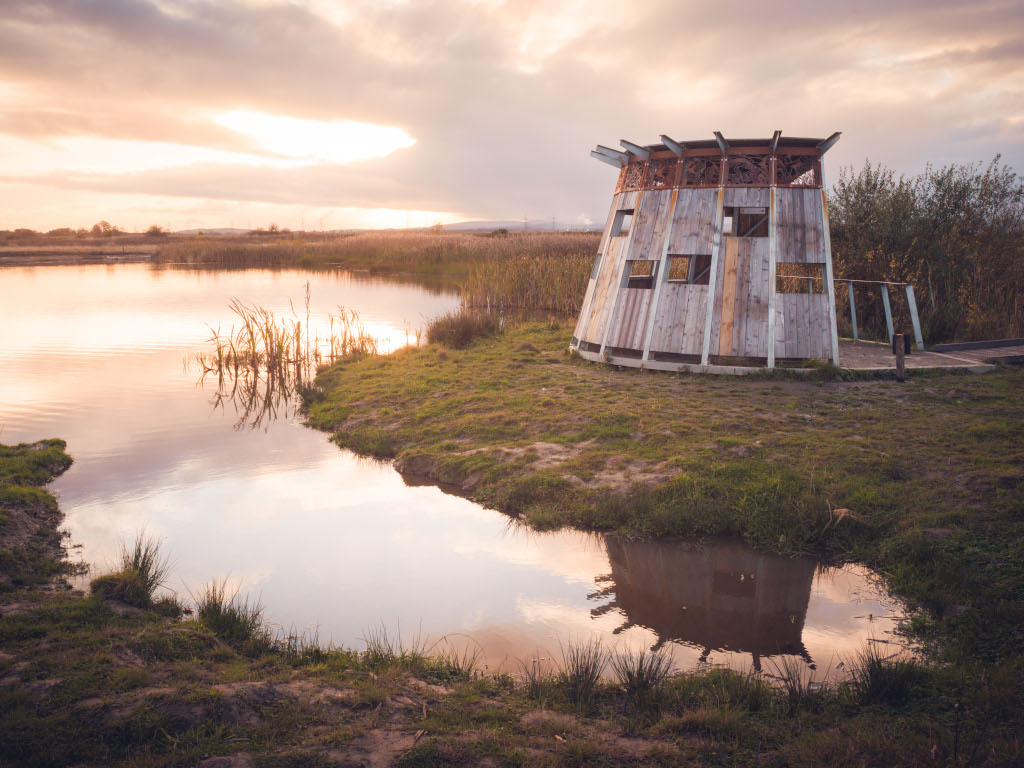The accommodation is home to one double bedroom; the beds can be modified to suit guests' tastes, either two twins or one double. The rest of the facilities in the chalet enable guests to feel completely at home while in the rural beauty of Aithness. With a seating area for rest and recuperation that features an armchair which can be reconfigured into a cosy single bed. The bathroom includes a shower, and the kitchen has everything required to allow guests to be completely self-sufficient. Travel to Shetland:By Ferry: From mainland Scotland, you can take a NorthLink ferry from Aberdeen or Scrabster to Lerwick, the main town in Shetland.By Air: Alternatively, you can fly with Loganair from Edinburgh, Glasgow, Aberdeen, or Inverness to Sumburgh Airport in the South Mainland of Shetland. From Lerwick to Fetlar:Drive to Toft: From Lerwick, you need to drive north to Toft, which is about a 45-minute drive along the A970.First Ferry: At Toft, take the ferry across Yell Sound to Ulsta on the island of Yell. This ferry journey is approximately 20 minutes long.Drive Through Yell: Once you arrive in Ulsta, drive north to Gutcher, which should take about 25 minutes. Be mindful of local wildlife like sheep on the roads.Second Ferry: From Gutcher, take another ferry across Bluemull Sound to Hamars Ness in Fetlar. This ferry ride lasts about 25 minutes. Booking and Timetable:Ferry services are operated by Shetland Islands Council. It's advisable to book in advance, especially for the Fetlar ferry. You can book online or by calling the booking office. Check the ferry timetables as they change seasonally. Public Transport Option:If you're traveling without a car, there are bus services from Lerwick to the ferry terminals, coordinated with ferry timings. From within Fetlar, there's a limited bus service from Funzie to Hamars Ness. For specific travel within Fetlar, there's also a dial-a-ride service which requires booking the day before.Other Considerations:There are no fuel stations on Fetlar, so ensure your vehicle is fully fueled before leaving Lerwick or Yell.The island has no public transport once you're on Fetlar, so if you're not staying close to where the ferry docks, plan your transport accordingly.Planning your trip with these steps will help ensure a smooth journey to Fetlar. Remember, weather and sea conditions can affect ferry schedules, so stay updated with the latest travel information from ZetTrans or Shetland Islands Council's ferry services.
